Where do dogs fly on planes? That seems to be a confusing question to a lot of pet parents. I know it was for me! But I’m here to share the answers with you.
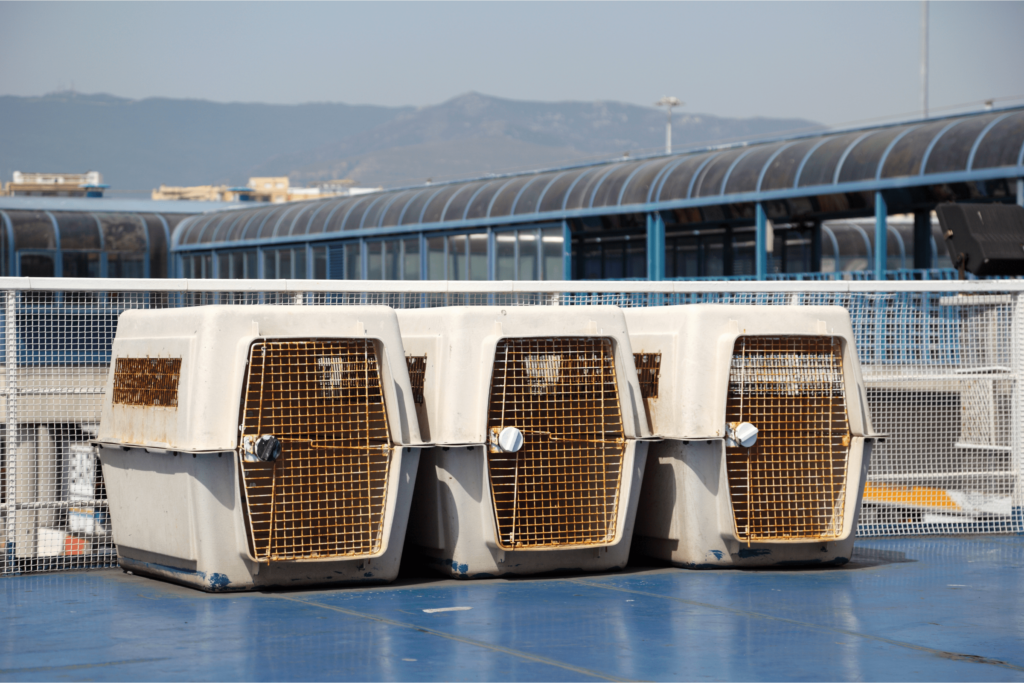
If you’ve ever had the experience of taking your dog for a drive, you know it can be challenging with some dogs. They may bark uncontrollably, try to escape, or even get motion sick.
If you’ve ever had the pleasure of such endeavors, I’m sure you can only imagine experiencing air travel with them!
There is a lot to consider when it comes to flying with dogs, including costs, health risks, and the biggest question we see: Where do dogs fly on planes?
Of course, some dogs are better travelers than others, but even the thought of having your pet aboard a commercial flight can sound terrifying. And the idea of leaving your beloved furry companion behind may sound even more unbearable to some pet parents. This is why many commercial airlines permit passengers the luxury of traveling with their pets.
Your dog may travel in an airline’s cabin, but they aren’t people. Even if your pet could use all the services provided in first-class seating, they, unfortunately, wouldn’t be eligible. They might be the center of your world, but on a plane, they are usually classified as carry-on luggage, checked baggage, or cargo.
Flying With Dogs in Cabin
This is the best option for small dogs that can fit comfortably in a carrier under the seat in front of you. But it’s essential to check with your airline before booking your flight to see if they have any weight or size restrictions for cabin pets.
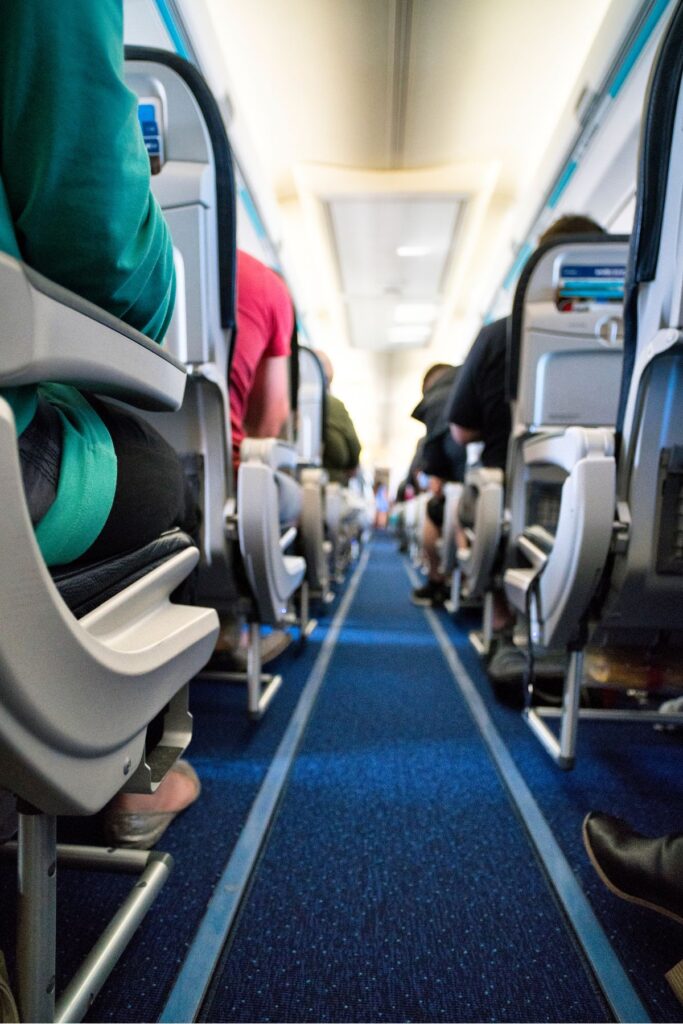
The general rule is that if your dog weighs more than 20 pounds and cannot safely fit in a carrier under the seat in front of you, he or she will need to be checked as baggage or cargo, not as a carry-on.
The obvious perk of having your pet in the cabin is that you can keep an eye on them and offer reassurance if they get anxious. If your dog does well with other people and confines, this might be the way to go.
Although convenient, flying with your dog in the cabin can be pricey, and you’re usually restricted to one dog per flight depending on the airline you travel with. Alaska Airlines, for example, allows its passengers to bring up to two carriers on a flight so long as the adjacent seat is purchased by the same passenger.
A round trip on most U.S. airlines costs over $250 for your pet to stay in the cabin. That’s around $125 each way. On top of the airfare, you will be required to pay a pet fee when you check-in.
What to Consider Before Flying Your Dog as Carry-on
One thing I recommend to small dog owners is carrying them in a soft, TSA, or airline-approved dog carrier. Soft dog carriers are more forgiving when it comes to under-seat space on the plane. Typically, these carriers will need to be small enough to fit under the seat in front of you and have breathable mesh sides.

One good thing is that carrying your dog in the passenger cabin is that it can be less expensive than flying them in the belly as cargo.
If you choose this method, your dog will travel with the rest of the flight’s passengers, so ensuring your dog is clean, nonhazardous, and undisruptive to your fellow flyers is essential.
Otherwise, you may get unfriendly looks from other passengers and stern words from a flight attendant, or worse, an emergency landing to escort your dog off the plane.
Steps to Follow Upon Arriving at the Airport – Carry-on
If your dog is flying in the passenger cabin, you will take your dog to the passenger check-in kiosk. This is where you will provide an agent with the required paperwork for your dog. Once you’ve been cleared and paid the pet carry-on fee, you can head to security.
Before sending your dog through security, take care of all your own items, like electronics, shoes, jacket, and other items.

After tending to those steps for yourself, you can then remove your dog from its crate and carry him or her through security while the crate goes through the X-ray machine.
You’ll want t be sure your pet’s collar or harness is removed before going through security though to save yourself the hassle of setting off the metal detector!
Flying Your Dog as Checked Baggage
The second alternative that many people select is traveling with their dog as checked luggage. This choice is for dogs that are too big to travel in the cabin. As a result, larger dogs get placed in the belly of the plane’s baggage compartment.
Along with the rest of your checked bags, your dog will fly in the plane’s cargo hold, and you will retrieve him from the baggage conveyor belt (usually at the nearby oversized baggage area).

Steps to Follow Upon Arriving at the Airport – Baggage
If you’re flying your dog as checked baggage, ensure you attach a current photo of your dog to the carrier plus a small baggie of your dog’s food just in case airline personnel needs to feed your pup.
The photo of your dog makes it easier to identify and locate your dog should the airline misplace the carrier. This isn’t a common (or likely) occurrence, but it always helps to be prepared for any scenario.
Getting your dog microchipped before a trip is also an option you can explore if you have concerns about your pet getting lost while traveling somewhere new. It’s great at home too, just in case your pup somehow escapes you.
Flying Your Dog as Cargo
If your dog is too heavy to fly as a carry-on item or checked luggage, don’t worry! Most airlines will let you transport your furry friend as cargo.
However, if your animal companion weighs more than 75 pounds, most carriers automatically require that you fly your dog as cargo.
Although flying your big dog in the cargo hold is comparable to transporting them as checked luggage, the procedures for holding and distributing vary.
While large dogs fly in the cargo hold, whether cargo or checked baggage, big dogs flown as checked luggage must travel on the same flight as their owner. Choosing cargo gives you the option of having your dog on a separate flight. But that also means that you’ll need to leave your dog at an airport’s cargo facility rather than on the tarmac.
The price of flying your dog in the cargo hold is calculated using the combined weight of your dog and their crate, as well as how far they’ll be flying—most airlines provide online calculators for obtaining an estimate.
To reduce any issues with your dog in the cargo hold, consider taking non-stop flights and avoid traveling during holidays and less busy periods to make for a more enjoyable experience.
I urge travelers to be mindful of the weather at their departure location and destination. For example, if you’ll be going somewhere warm, looking for early morning flights is best for your dog as opposed to mid-day and evening flights when temperatures are higher.
Please remember that airlines will not allow pets to fly if the temperatures are at extreme highs and lows at any destination along the flight. So, unfortunately, if or when this happens, you’ll have to make other plans for your dog.
What to Consider Before Flying Your Dog as Cargo
Before flying, most airlines require your pet to be at least eight weeks old and fully weaned. Even if your pooch is in excellent health, it might not be a good idea to transport it on a plane.
Some snub-nosed dogs have trouble breathing, which is amplified at high altitudes, and some dog breeds, such as pugs, overheat easily. And most airlines do not allow such breed to fly. But there are other health considerations to take into account for all breeds before booking their flight.
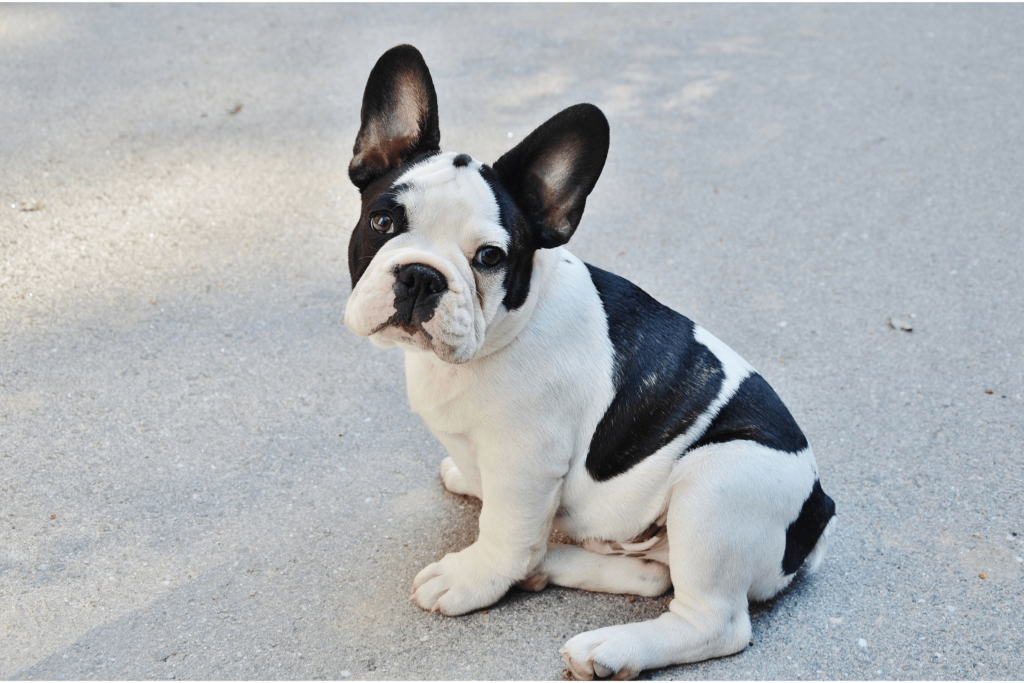
Even so, most airlines allow pets to be transported as cargo without being accompanied. The transportation regulations vary according to the airline, destination, and animal breed. Still, this method of transport usually involves a pet being kept in an approved carrier within the cargo hold.
Airlines ship pets as cargo year-round but may not allow transport during especially hot or cold weather conditions because other parts of the terminal might not have temperature control.
Steps to Follow Upon Arriving at the Airport – Cargo
If you’re flying your dog as cargo, most airlines require you to arrive at least three hours prior to your departure for domestic flights and five hours before for international flights.
You’ll likely need to take your dog to a separate cargo drop-off and pick-up location at the airport. Always go over the maps of your departure and arrival airports ahead of time, so you know exactly where to bring your dog.
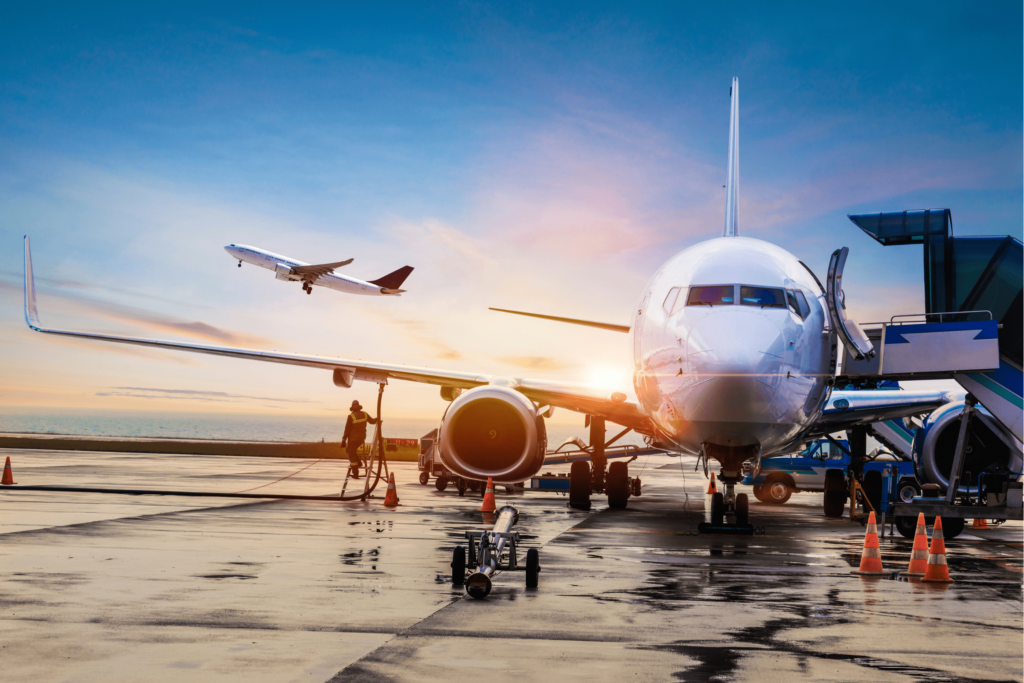
Pre-Flight Mandatory Veterinarian Check-up
Taking your dog for a health check is mandatory regardless of where they fly.
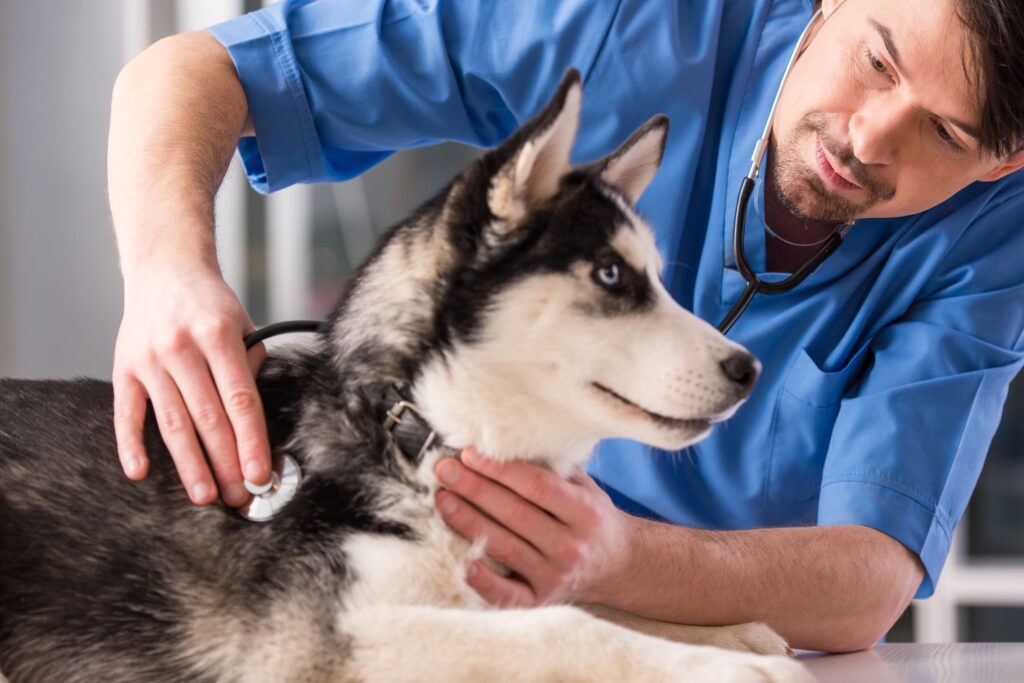
After your dog has its ticket, go to the doctor, and get a health certificate that states it is healthy enough to fly and up-to-date on its immunizations.
You should know that the health certificate’s validity only lasts 30 days, and you’ll need it on departure and return. (Many airlines insist that your dog’s clean health certificate be no more than 10 days old.)
If your vacation is longer than the certificate’s validity, you must visit a vet while on vacation to comply with the policies of your returning flight.
Conclusion
So, where do dogs fly on planes? As we’ve discussed, there are three ways to fly with a dog on an airplane – in the cabin, as baggage, or as cargo.
The best option for most travelers is to have their dog travel in the cabin, but this is restricted to small dogs under 20 pounds that can fit comfortably in a carrier under the seat.
If your dog doesn’t meet these requirements, he or she can be transported as baggage or cargo. However, flying with your pet in either of these ways is risky and expensive, so it’s important to explore all your options before deciding which traveling method is best for you and your pet.
Where does it make sense for your dog to fly? Let me know in the comments below!
Related Posts
- A Comprehensive Guide to Flying with Dogs: Tips, Rules, and Resources
- Flying With Dogs on Alaska Airlines (Pet Travel FAQs)
- How Does Flying Affect Dogs? (5 Things to Consider)
- What Does it Cost to Fly a Dog Internationally?
- Everything to Know Before Flying With Big Dogs
- What is the Cost of Flying with Dogs? (Fees and Considerations)
